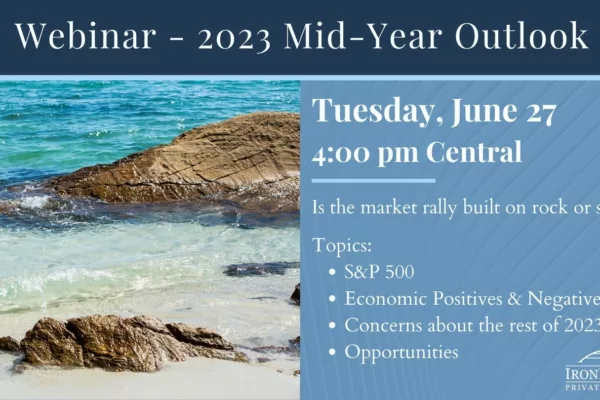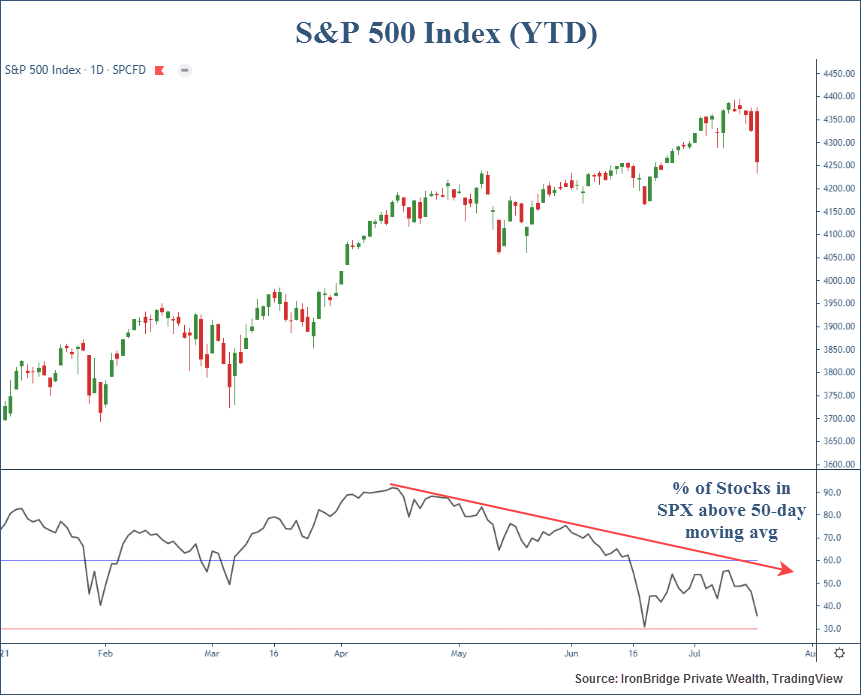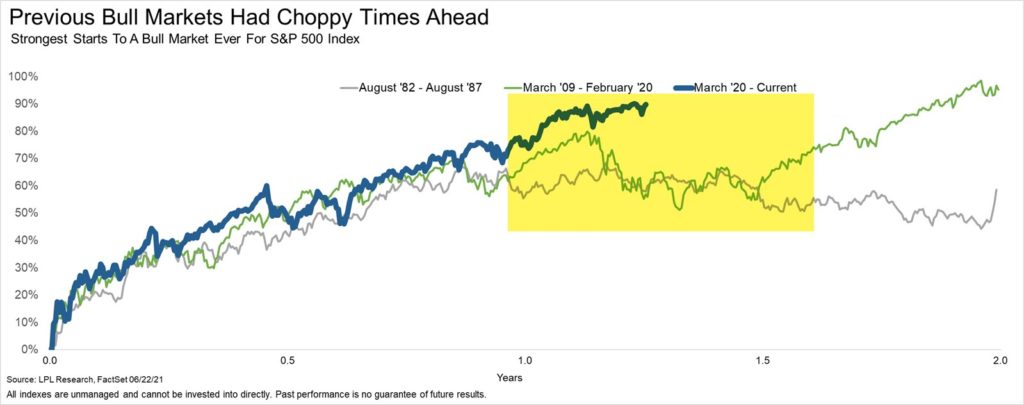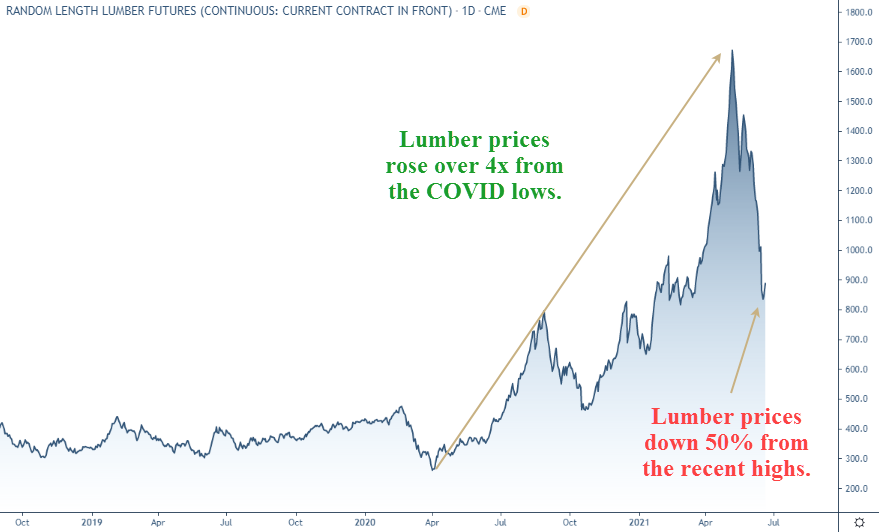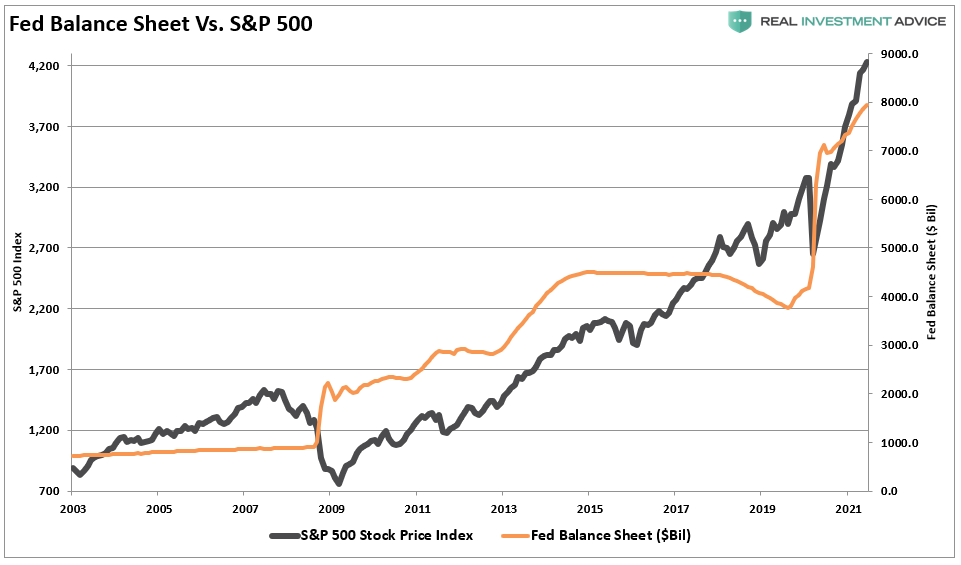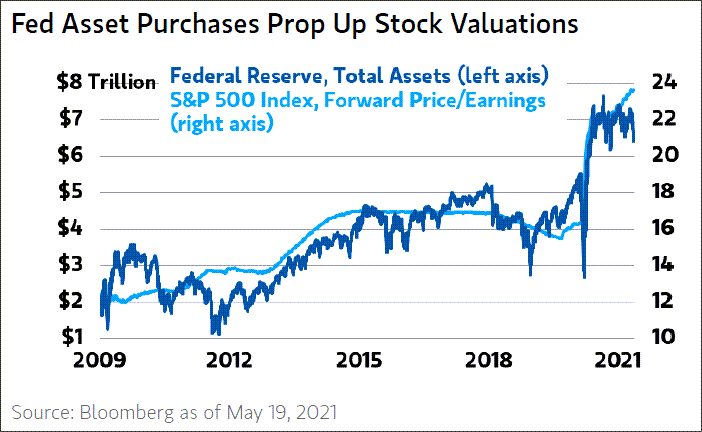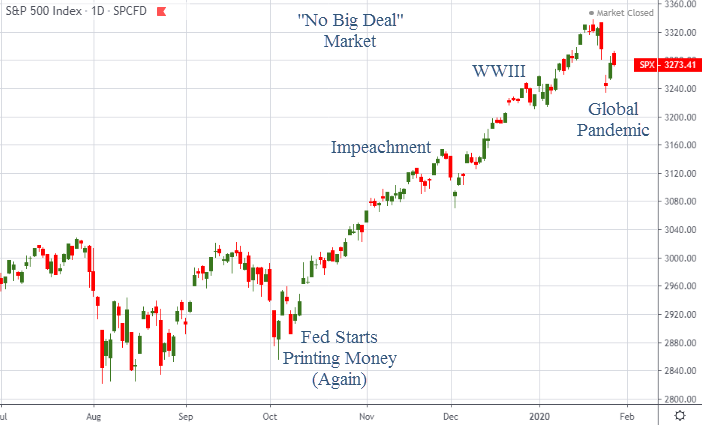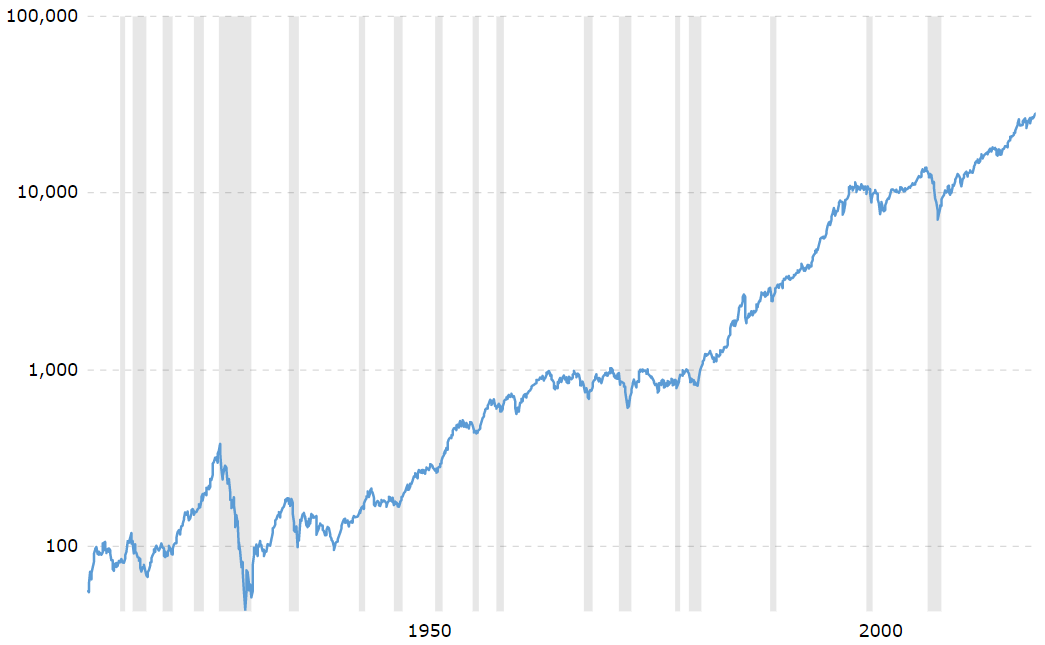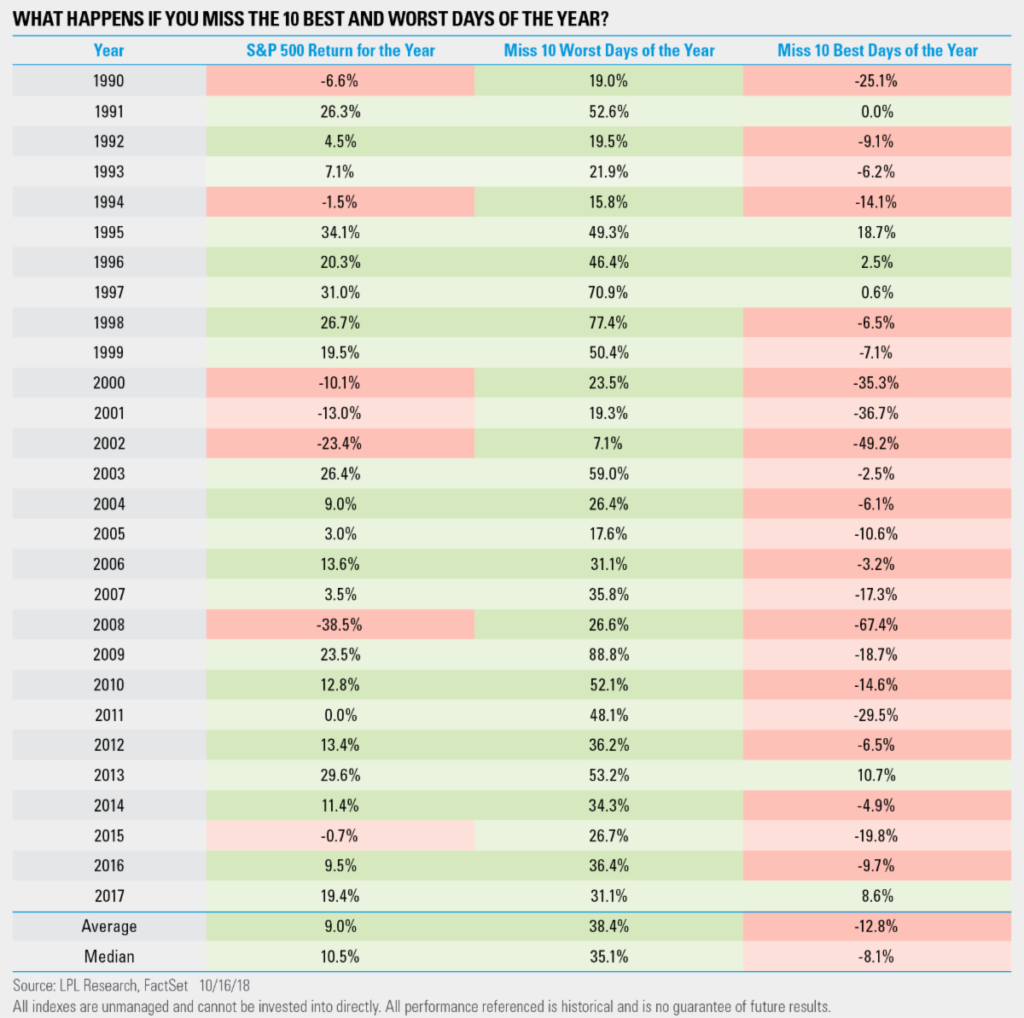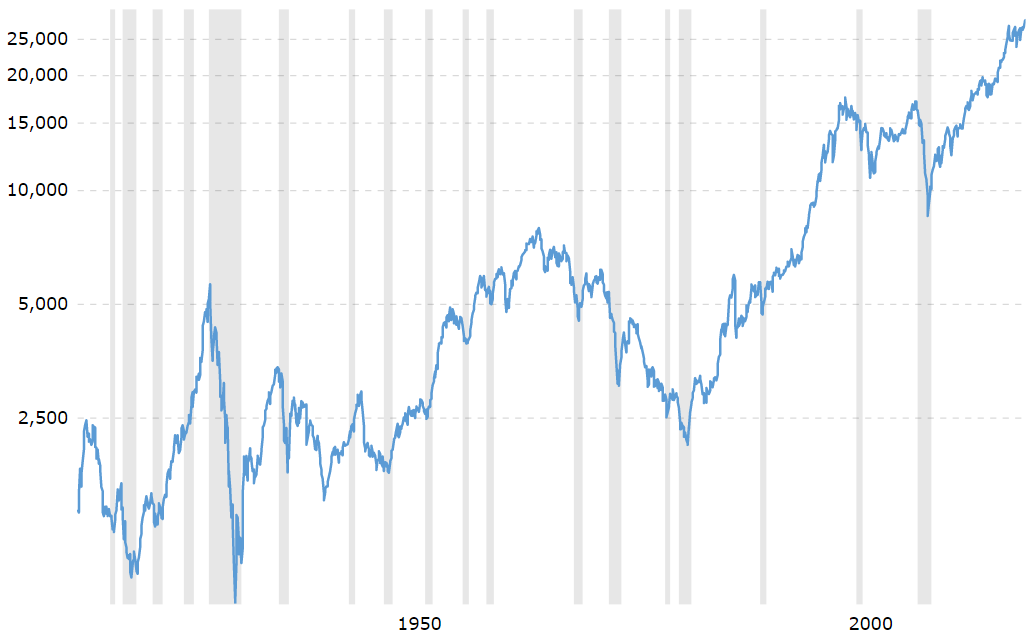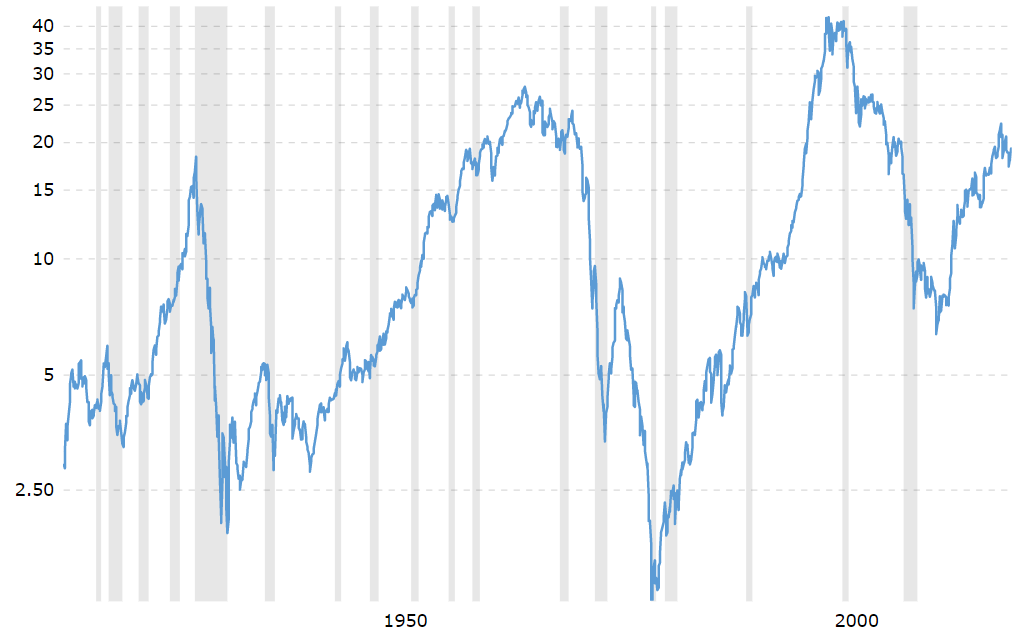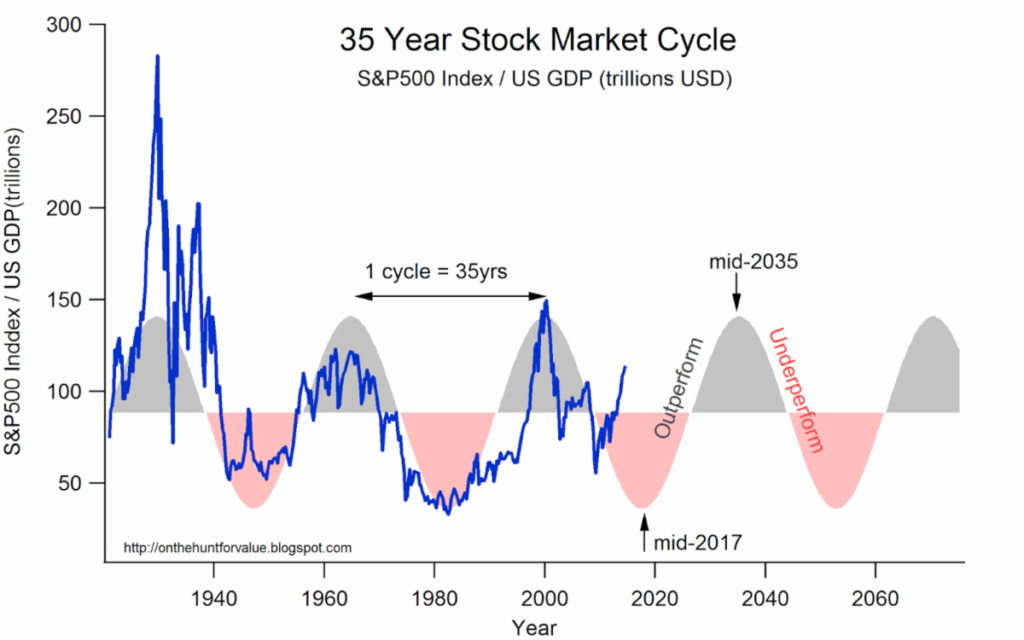View the recording of our 2023 Mid-Year Outlook webinar.
Here are the topics we discussed and the time in the recording it happens so you can fast-forward to topics you find most relevant:
- Recession probabilities (1:29)
- S&P 500, Dow Jones & Russell 2000 (4:51)
- Concentrated performance contribution YTD (8:48)
- S&P 500 Index (10:11)
- Russell 2000 small cap stock index (14:37)
- Fed Balance sheet vs S&P 500 (16:14)
- Banking stocks still under pressure (18:01)
- Commercial real estate loans maturing over the next 5 years (19:24)
- Yield curve (24:56)
- Manufacturing PMIs and activity (29:10)
- Portfolio Equity Positioning (31:27)
- Scenarios, Risks & Opportunities (35:00)
- Upside and Downside potential performance based on three scenarios (39:40)
Invest wisely!
